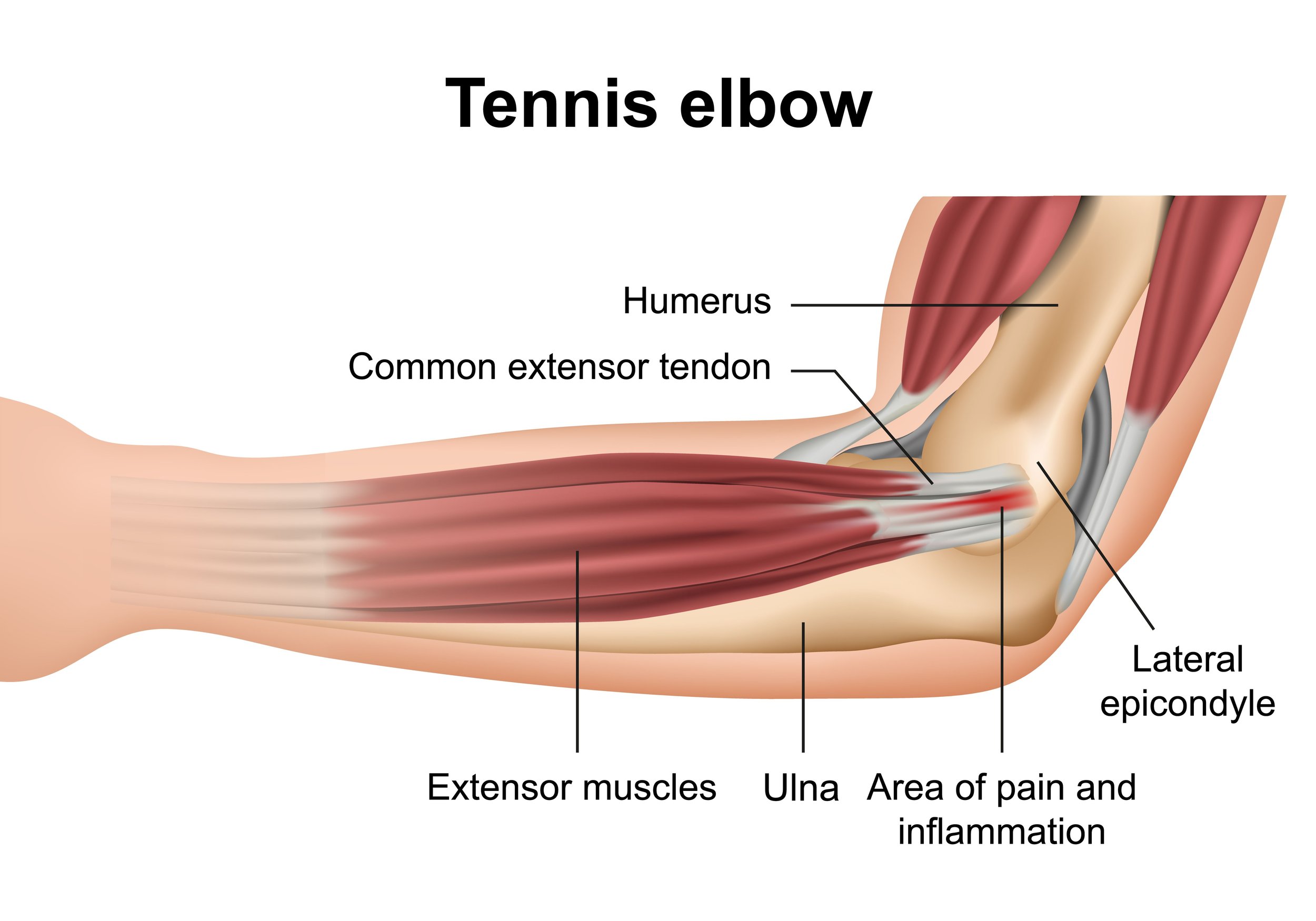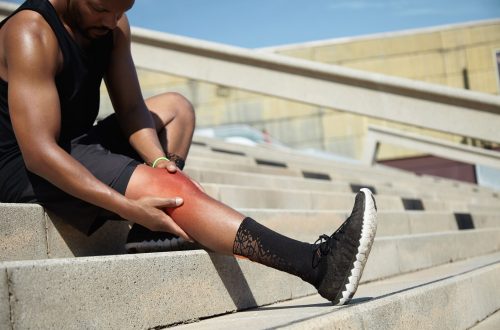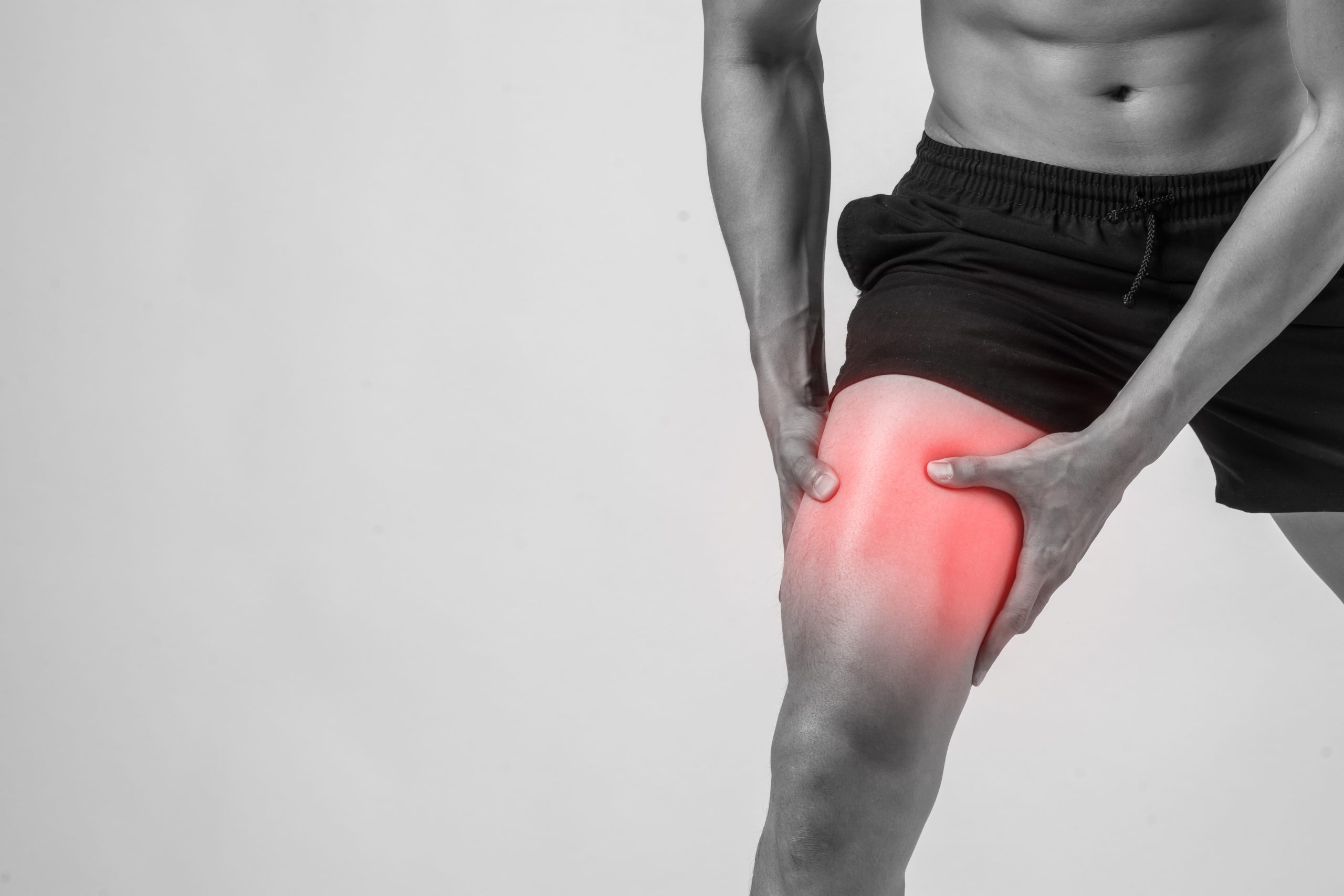Knee pain is a common issue affecting individuals of all ages, with causes ranging from acute injuries to chronic conditions. One of the key factors contributing to knee pain in older adults is osteophytic changes, which are associated with osteoarthritis. Osteophytes, also known as bone spurs, can significantly impact joint function and contribute to pain and stiffness. This article explores the nature of osteophytic changes, their impact on knee pain, and how physiotherapy plays a crucial role in managing and alleviating symptoms.
Understanding Osteophytic Changes
1. What Are Osteophytes?
- Definition: Osteophytes are bony projections that develop along the edges of bones, typically in joints. They are a common feature of osteoarthritis, a degenerative joint disease.
- Formation: Osteophytes form as the body’s response to joint degeneration. The underlying cartilage wears down, leading to increased stress on the bone, which triggers the formation of these bony projections.
2. Causes of Osteophytic Changes:
- Osteoarthritis: The most common cause of osteophytes, where cartilage deterioration leads to bone-on-bone contact and subsequent bone spur formation.
- Joint Instability: Repeated stress or injury to the knee can contribute to joint instability, leading to osteophyte formation.
- Aging: The natural aging process can result in wear and tear on joints, increasing the likelihood of osteophytic changes.
3. Symptoms and Impact:
- Pain: Osteophytes can cause localized pain due to inflammation and irritation of surrounding tissues.
- Stiffness: The presence of bone spurs can reduce joint mobility and contribute to stiffness.
- Reduced Range of Motion: Osteophytes may impinge on surrounding structures, limiting the knee’s range of motion and affecting functional activities.
Role of Physiotherapy in Managing Knee Pain
1. Assessment and Diagnosis:
- Evaluation: Physiotherapists perform a comprehensive assessment to evaluate the extent of osteophytic changes and their impact on knee function. This includes assessing pain levels, range of motion, strength, and functional limitations.
- Diagnosis: Based on clinical findings and imaging studies (such as X-rays or MRIs), physiotherapists diagnose the presence of osteophytes and related knee issues.
2. Pain Management:
- Modalities: Physiotherapists use various modalities to manage pain associated with osteophytic changes. These may include heat or cold therapy, electrical stimulation, and ultrasound to reduce inflammation and alleviate discomfort.
- Manual Therapy: Techniques such as joint mobilization and soft tissue massage can help relieve pain and improve joint function.
3. Exercise Therapy:
- Strengthening Exercises: Targeted exercises to strengthen the muscles around the knee can help support and stabilize the joint. Strong quadriceps, hamstrings, and calf muscles are essential for reducing stress on the knee.
- Stretching Exercises: Stretching exercises improve flexibility and reduce stiffness in the knee joint and surrounding muscles.
- Low-Impact Activities: Activities such as swimming, cycling, and using an elliptical machine provide cardiovascular benefits without placing excessive stress on the knee.
4. Improving Joint Function:
- Range of Motion Exercises: Physiotherapists prescribe exercises to maintain or improve the knee’s range of motion, helping to counteract the limitations caused by osteophytes.
- Functional Training: Exercises that mimic daily activities can help improve functional abilities and enhance the overall quality of life. This may include training for tasks such as climbing stairs, walking, and squatting.
5. Gait and Posture Correction:
- Gait Analysis: Physiotherapists analyze walking patterns to identify any abnormalities that may contribute to knee pain. They provide interventions to correct gait issues and improve alignment.
- Postural Education: Proper posture and body mechanics are crucial for reducing strain on the knee joint. Physiotherapists educate patients on maintaining proper posture during activities and exercises.
6. Weight Management:
- Importance of Weight Control: Excess body weight can exacerbate knee pain by increasing stress on the joint. Physiotherapists may work with patients to develop weight management strategies, including dietary recommendations and exercise programs.
7. Assistive Devices:
- Orthotics: Custom-made orthotic devices, such as knee braces or insoles, can provide additional support and reduce stress on the knee joint.
- Walking Aids: In some cases, physiotherapists may recommend the use of walking aids, such as canes or walkers, to help reduce load on the knee and improve mobility.
Benefits of Physiotherapy for Osteophytic Changes
1. Reduced Pain and Inflammation:
- Pain Relief: Physiotherapy techniques help manage pain and reduce inflammation associated with osteophytic changes, leading to improved comfort and functionality.
2. Enhanced Joint Mobility:
- Improved Range of Motion: Exercise therapy and manual techniques help maintain or improve the knee’s range of motion, addressing stiffness and functional limitations.
3. Increased Strength and Stability:
- Muscle Support: Strengthening exercises build muscle support around the knee, enhancing joint stability and reducing the impact of osteophytes on movement.
4. Better Functional Outcomes:
- Improved Daily Activities: Physiotherapy interventions enhance functional abilities, allowing individuals to perform daily activities with greater ease and less pain.
5. Preventative Measures:
- Long-Term Management: Physiotherapy provides patients with strategies to manage symptoms and prevent further deterioration of knee function, promoting long-term joint health.
Conclusion
Managing knee pain associated with osteophytic changes involves a multifaceted approach that addresses pain, improves joint function, and enhances overall quality of life. Physiotherapy plays a critical role in this process by providing effective pain management, exercise therapy, and functional training. Through personalized treatment plans and a focus on improving strength, mobility, and overall function, physiotherapists help individuals manage their knee pain and maintain an active, fulfilling lifestyle. Whether through targeted exercises, manual therapy, or assistive devices, physiotherapy offers valuable tools for managing osteophytic changes and promoting optimal knee health.





